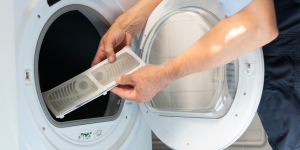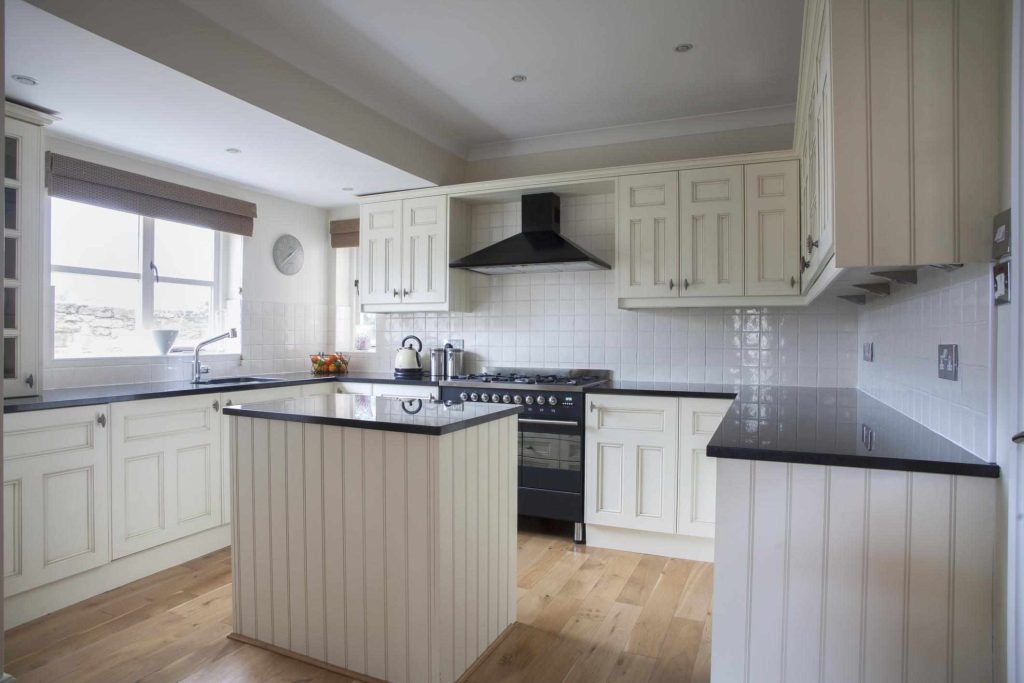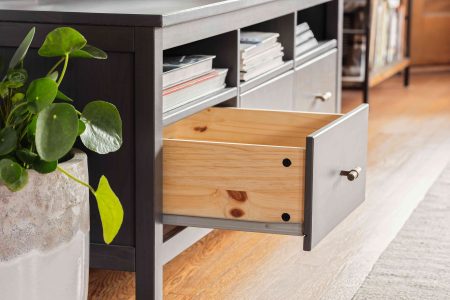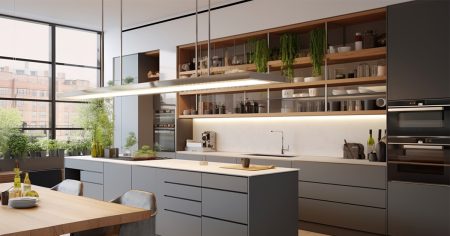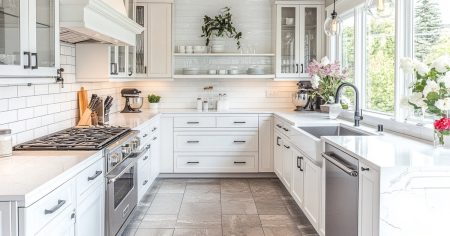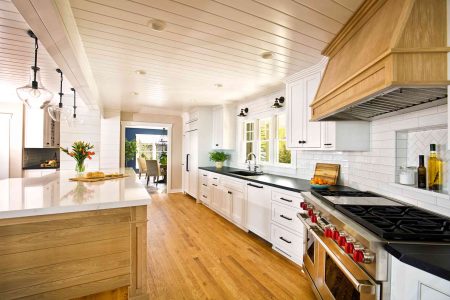Confronted with the prospect of a toweringly expensive full-scale kitchen remodel project, many homeowners start wondering if it’s even possible to pare down costs. Yes, you can refresh your kitchen space for a much lower budget than you might expect. You can do so by employing simple methods that have worked for homeowners for years.
Retain the Kitchen Footprint
Most kitchens come in one of several pre-determined shapes. Few kitchen designers ever do anything different, mainly because these shapes work so well, but also because kitchens typically have such limited spaces.
Whether it is the one-wall kitchen layout, corridor or galley, L-shape, or U-shape, your existing kitchen layout probably works better than you may think it does. The problem may be more in the arrangement of your services within that shape than the shape itself.
Keep Appliances in Place If Possible
Any home remodel that involves moving plumbing, gas, or electrical lines will add to your budget and timeline.
The concept of leaving appliances in place as much as practically possible often works hand in hand with the concept of retaining the kitchen’s footprint. But not always. You can retain the footprint but still end up moving appliances all over the place.
One way around this is to move appliances intelligently. As long as you do not move their hook-ups, you can move the appliance with greater ease.
For example, homeowners often want to move the dishwasher. A dishwasher can usually be moved to the other side of a sink because the washer’s plumbing lines actually come from that central point under the sink. So, it doesn’t matter if it’s on the right or left side.
Install Functional Flooring
Along with bathrooms, kitchens are one space where the flooring really needs to perform. A less attractive resilient or ceramic tile that does the job well might be a compromise over a high-end impractical solid hardwood that soaks up spills and drains your budget.
Vinyl sheet, luxury vinyl plank, and ceramic tile are on the easier end for most do-it-yourselfers. Most importantly, make sure the flooring resists water, though it doesn’t necessarily have to be waterproof. Laminate flooring can often be installed over existing flooring, obviating the need for demolition. If installing sheet vinyl over tile, be sure to skim coat the floor so as to avoid the grout lines showing through the vinyl.
Install Stock or RTA Cabinets
Stock kitchen cabinets are getting better and better all the time. No longer are you forced into choosing between three melamine-faced particle board cabinets. It is simple and easy to find kitchen cabinetry from your local home center. These cabinets are vastly cheaper than custom builds, and almost any general contractor or handyman can install them.
Another shortcut that saves money is cabinet refacing. As long as the cabinet boxes or carcasses are in good condition, they can be refaced. Technicians come to your home and re-veneer the cabinet boxes’ sides and fronts. The doors are usually entirely replaced. Drawer fronts are replaced, too, and new hardware is added.
Ready-to-assemble, or RTA, cabinets are an increasingly popular way for homeowners to slash their kitchen remodel budget. RTA cabinets arrive at your house via freight delivery flat-packed and ready for assembly. Because most RTA cabinets employ a cam-lock system of assembly, only a few tools are needed to put the cabinets together.
Choose Practical Countertops
Kitchen countertops can break your budget. Concrete, stainless steel, natural stone, and quartz are all quality materials, very desirable, but expensive.
Consider lower-cost alternatives such as laminate, solid surface, or ceramic tile. All of these materials are serviceable, inexpensive, and easy to maintain.
Use Permits as a High-Cost Alert
Never avoid permitting. Pulling permits must be done when permits are necessary. Use permits as a bellwether that your anticipated kitchen remodels may cost you a lot of money.
It’s not that the permits alone cost a lot of money. Rather, anything that requires a permit is a signal that this job has ratcheted up your costs. Plumbing, electrical, and changing exterior walls all involve permits.
Usually, a permit is not needed to lay a tile floor. However, adding radiant heat below the tile triggers permitting, creating a domino effect. Unless you are a confident amateur electrician, properly certified by your jurisdiction to perform amateur repairs, adding radiant heat usually requires a licensed installer.
Painting, flooring, cabinet installation, and one-for-one appliance installation are examples of kitchen remodel tasks that often do not require permits.
Read the full article here
